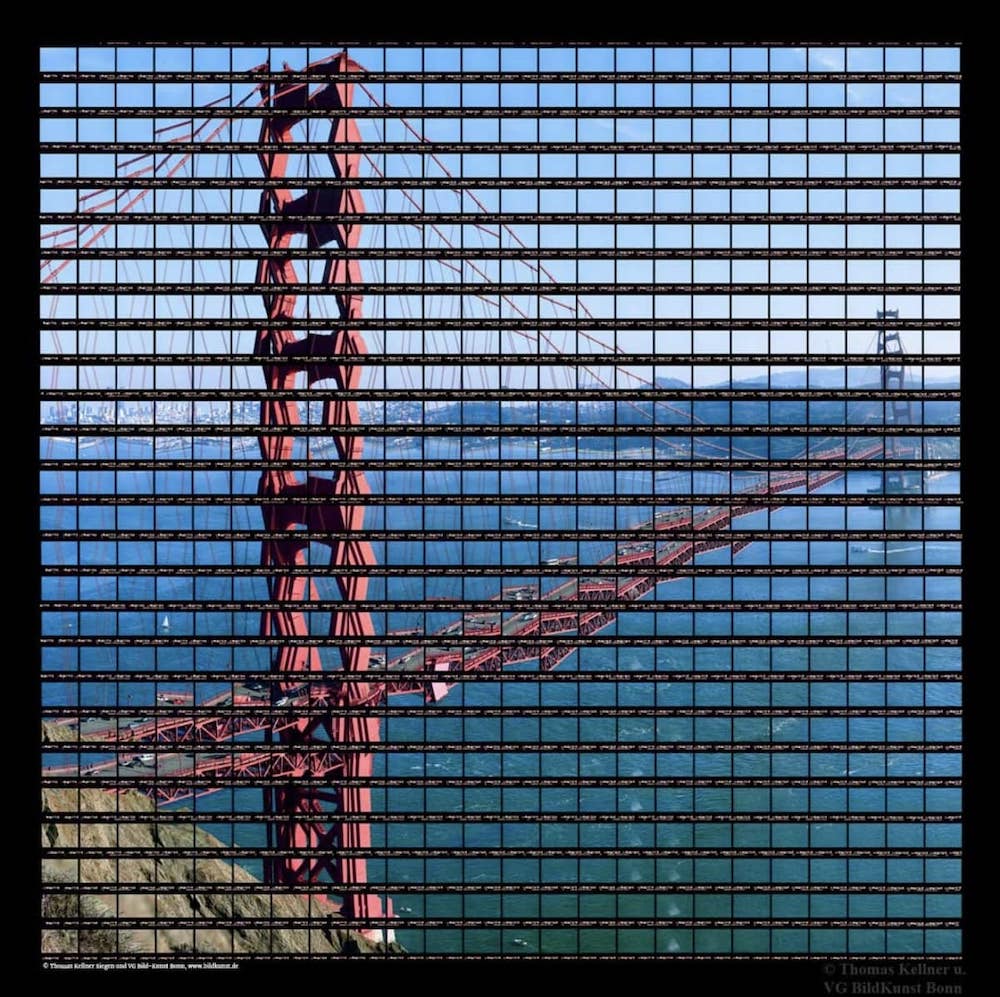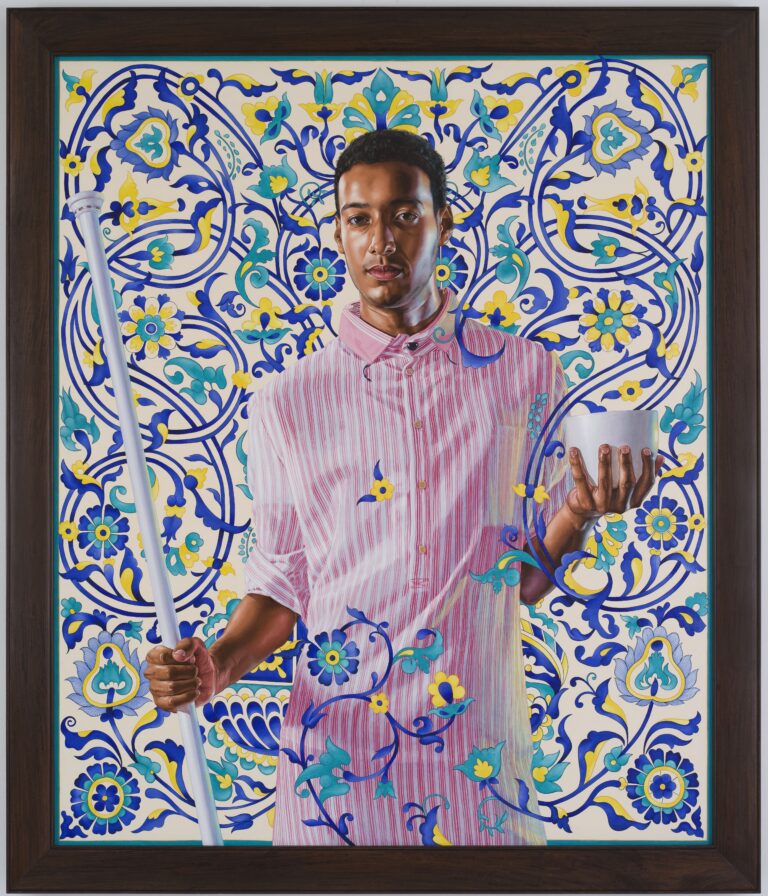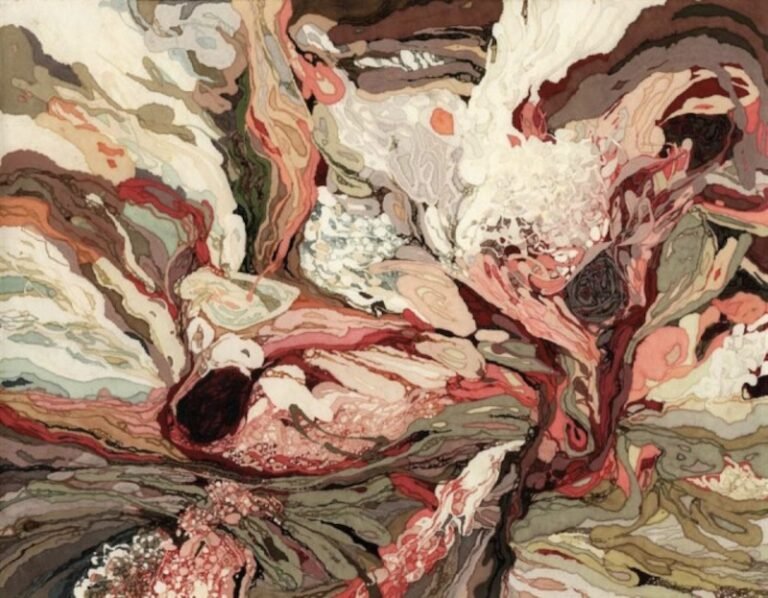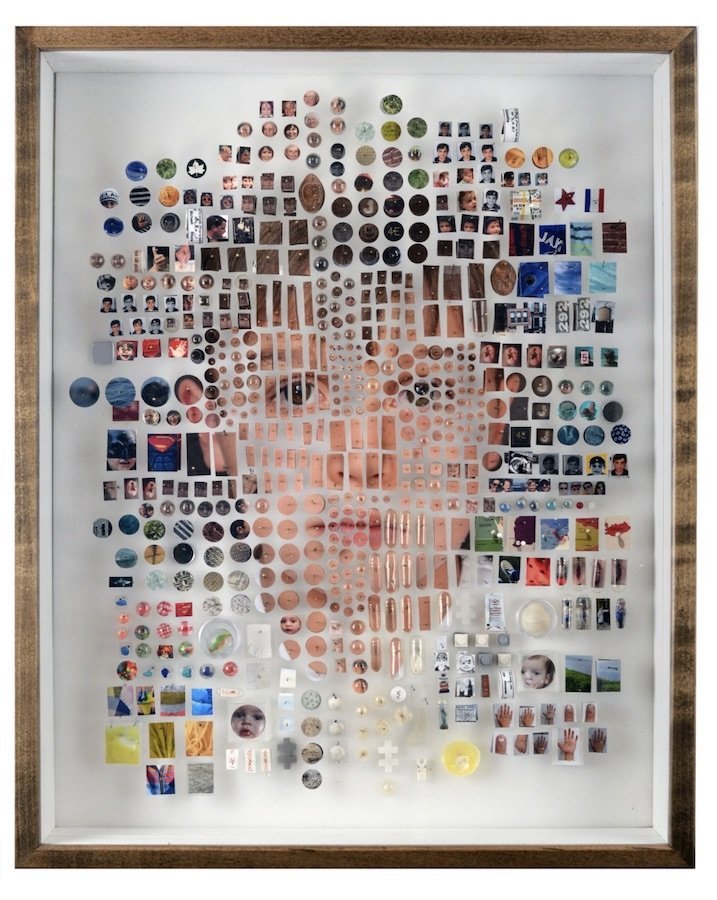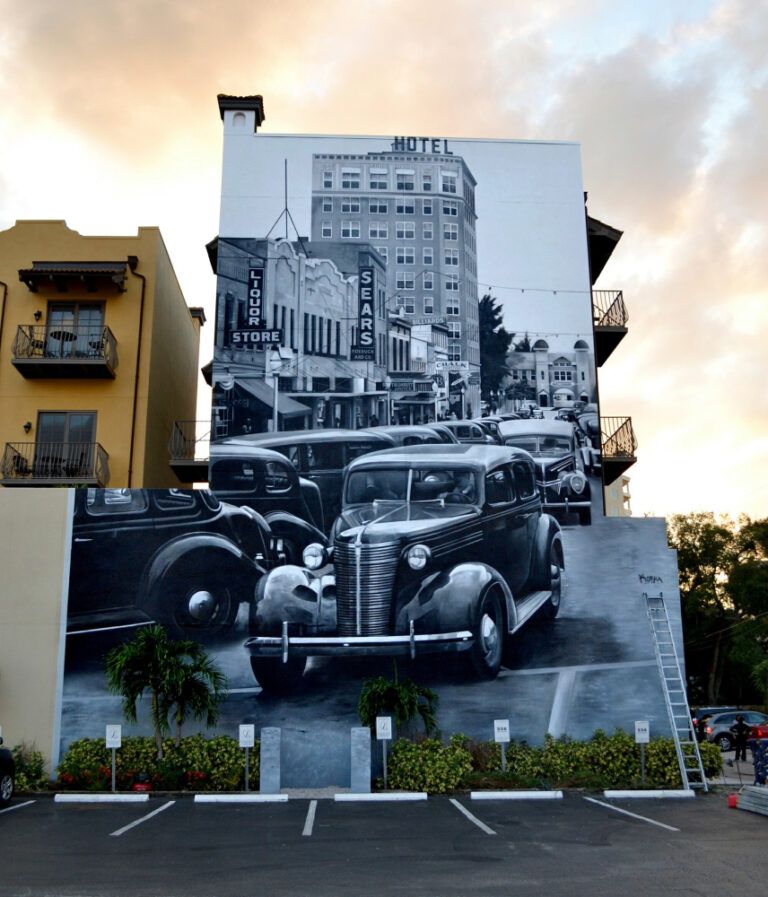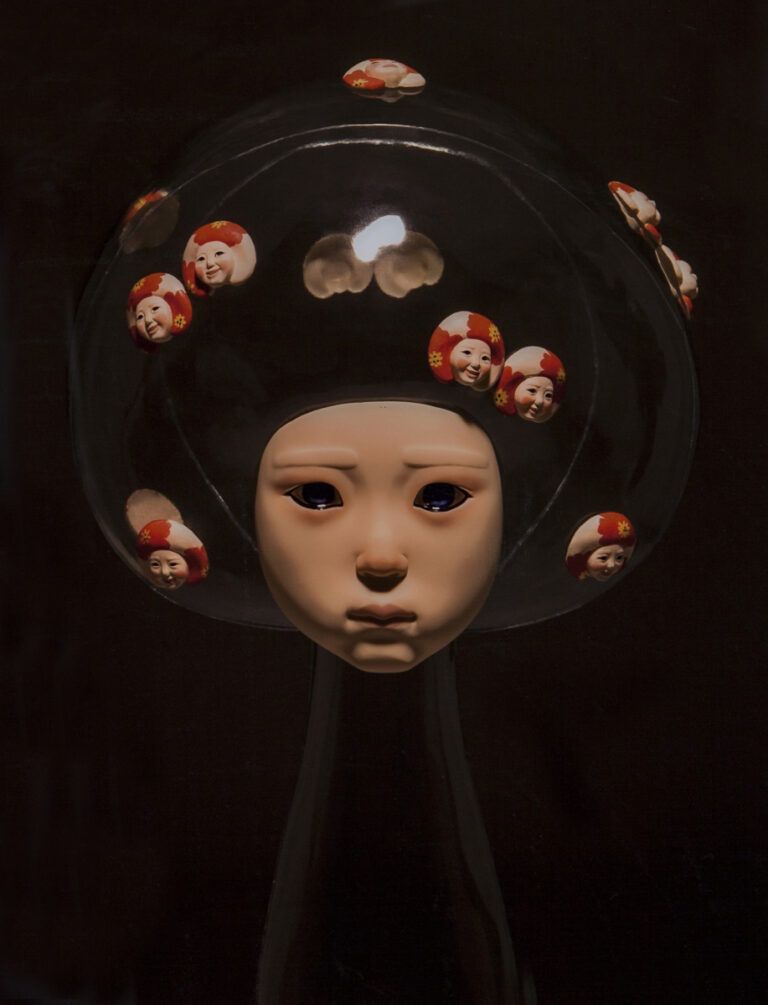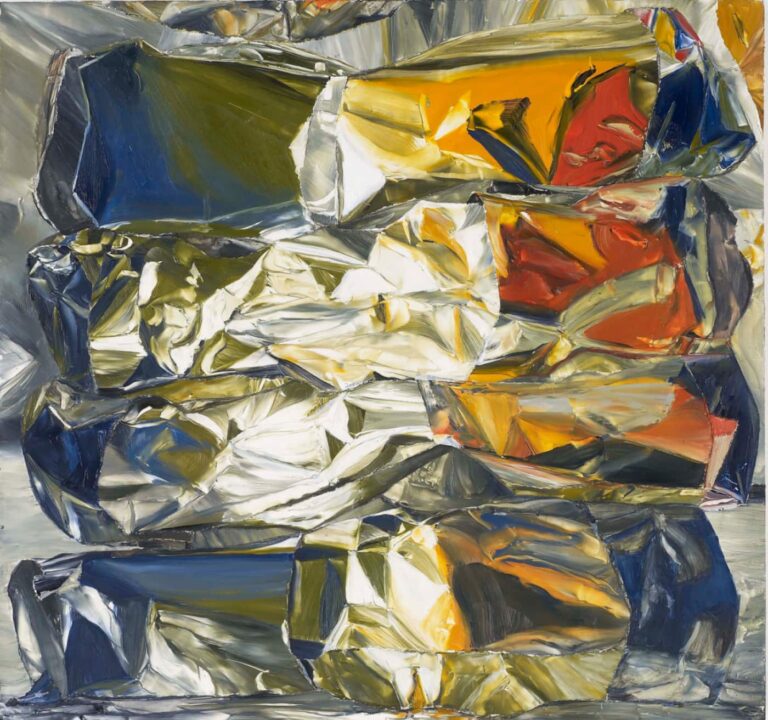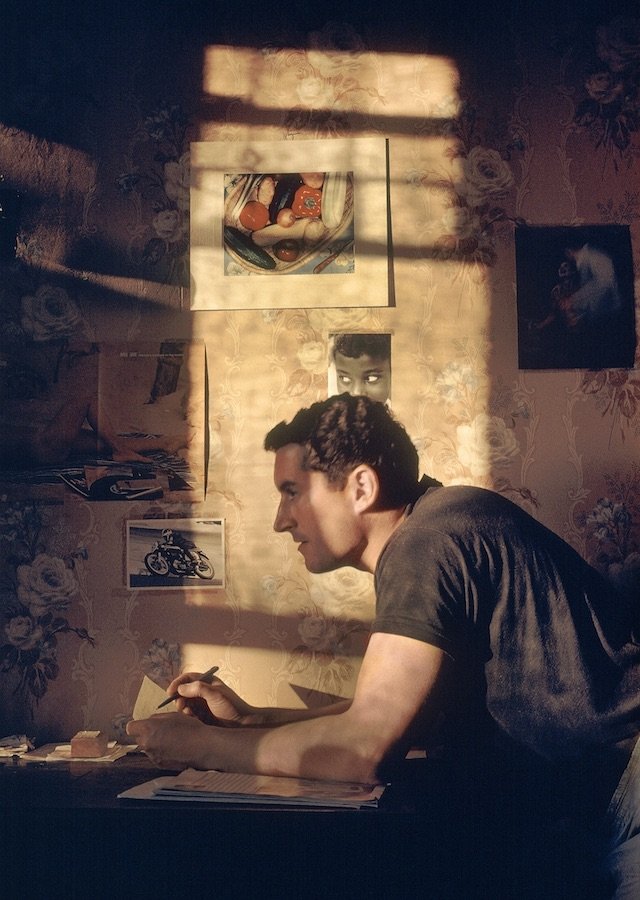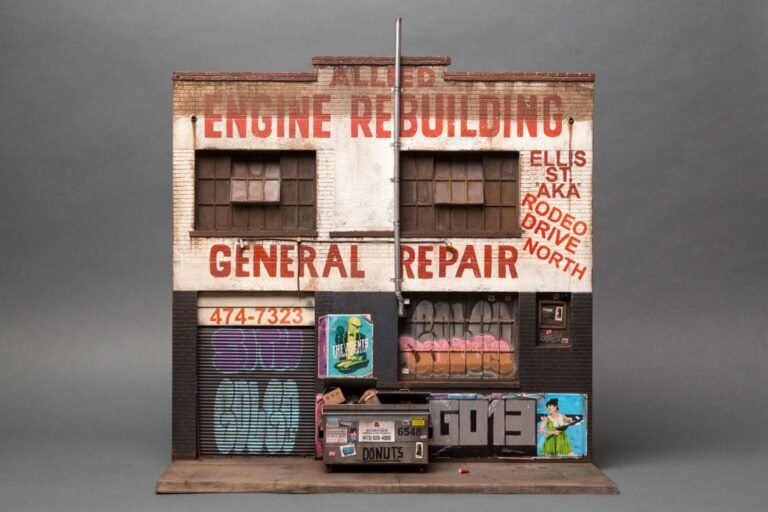Thomas Kellner’s photographs present an instantly recognisable form – usually architectural in nature – and infuse it with a sense of cubism. His overarching images, taken from multiple shots and different angles, create a texture similar to a collage, but are in fact produced in full on 35mm contact sheets. The level of detail needed to construct these is almost mathematical, somehow ensuring the building is captured to its fullest, whilst obtaining a distinctive off-balanced appearance that makes you want to stand up and pay attention.
In using multiple contacts to form one large disjointed image, it provides a new and forced angle on a subject you may know too well and which would usually demand structure. Still recognisably identifiable, Kellner retains a building’s distinctive landmarks through a degree of sequential disorder. He also infuses a sense of the building’s soul if you will – its place within history and culture, along with its use – by encouraging us to look at its individual features and not just seeing it as the usual image we’ve come to expect.
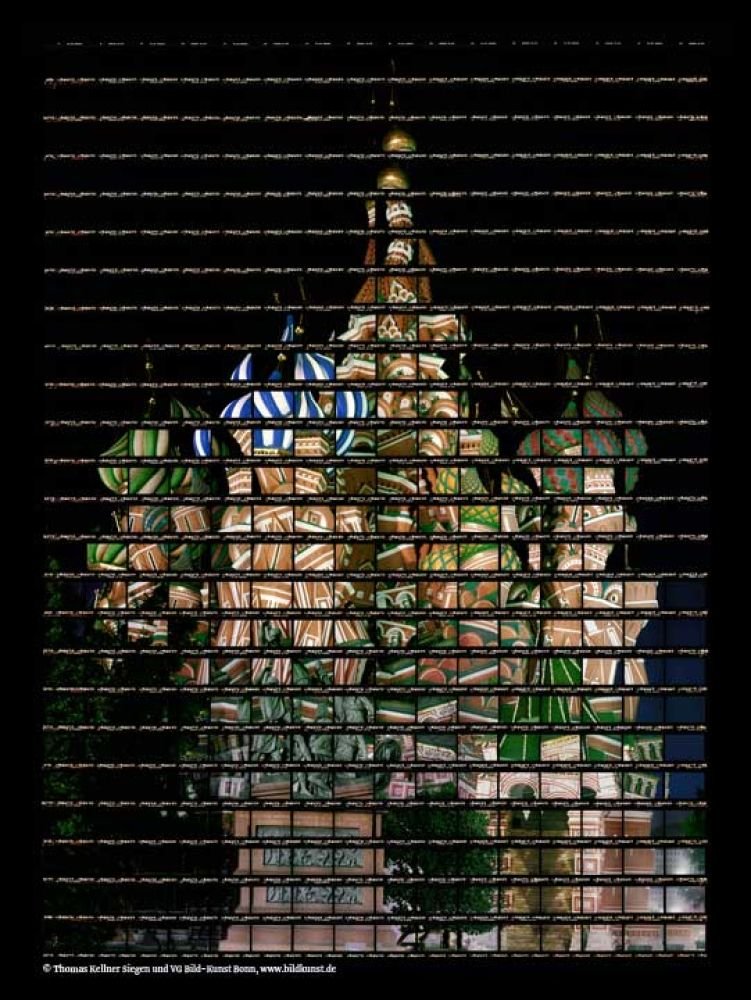 87#04 Moscow, Basilius Cathedral (night), (2014). Image is courtesy of © Thomas Kellner Siegen and VG Bild-Kunst Bonn
87#04 Moscow, Basilius Cathedral (night), (2014). Image is courtesy of © Thomas Kellner Siegen and VG Bild-Kunst Bonn
Kellner’s imagery is as aesthetically wonderful as it is mesmerising, the eyes teased with his optical illusions. However, one particularly powerful image of Kellner’s diverges from his architectural gems, to the design and tailoring of fashion – Frankfurter Allgemeine Zeitung F.A.Z. Magazin, (2016). Not only does his style lend well to this area but infuses it with a new breath of life, and when matched with his flipping of the model’s reclined pose it culminates to be a piece that defies gravity. The photograph was a commission, but it would be exciting to see more of Kellner’s art in this field and in others – his artwork providing a fresh outlook on images we have come to assume the nature of.
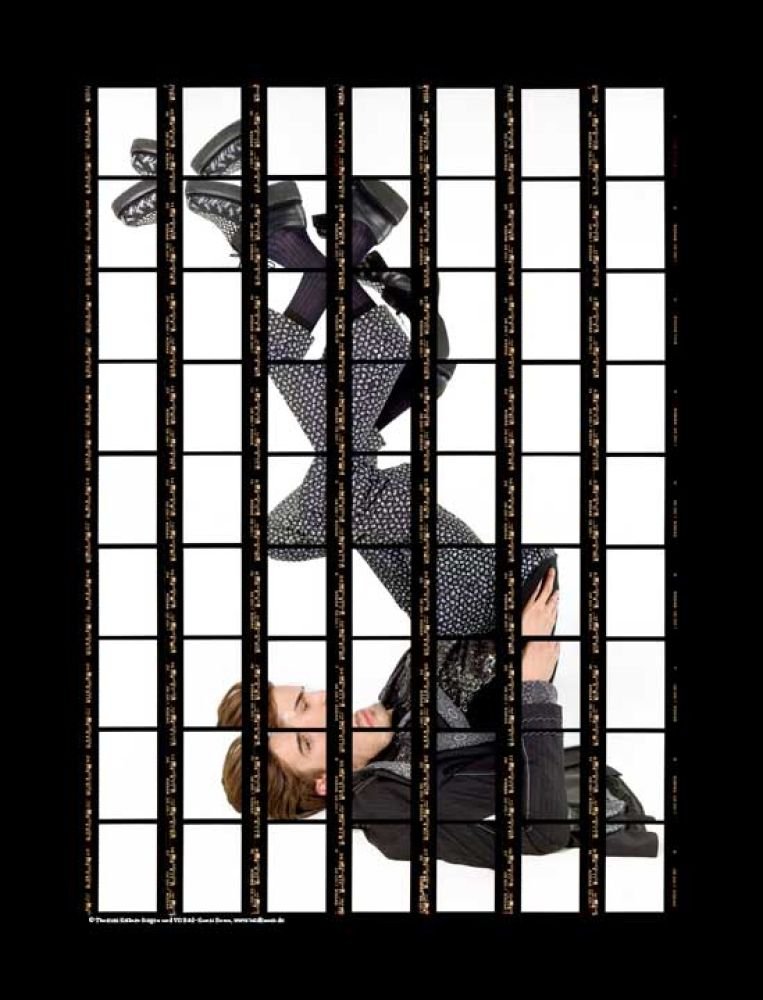 Frankfurter Allgemeine Zeitung F.A.Z. Magazin, (2016). Image is courtesy of © Thomas Kellner Siegen and VG Bild-Kunst Bonn
Frankfurter Allgemeine Zeitung F.A.Z. Magazin, (2016). Image is courtesy of © Thomas Kellner Siegen and VG Bild-Kunst Bonn
Photographing buildings from around the world, Kellner has captured both the famous; the Eiffel Tower, the Golden Gate Bridge etc, to those that are maybe less specifically known but their general imagery is still familiar, such as a Ferris wheel. Kellner’s take on the interiors and exteriors of architecture causes you to pause and adjust your eyes to see from a different vantage point, and in doing so challenge us to look at the world a little more openly than before.
We recently had a chance to speak to Thomas Kellner, who kindly answered our questions about his work;
VH: You’ve photographed architecture from around the world. Has there been a building you’d like to capture again and why?
TK: “Yes I would like to return to the Niagara Falls, because I made a mistake and have more experience photographing landscape today (check out my Grand Canyon)”
VH: Your photographs tell a visual history, how important do you think it is to capture this in art?
TK: “In case you mean the visual history of the 35mm film, I believe it is the essential material that made our modern image in media possible as well as cinema in total.”
VH: The commissioned work you did for Frankfurter Allgemeine Zeitung F.A.Z. Magazin was so different to what has previously been seen in fashion photography. Do you see yourself doing more of this work in the future?
TK: “Yes continued the work with a series of portraits, which is yet not finished and needs to be placed in a bigger exhibition concept.”

